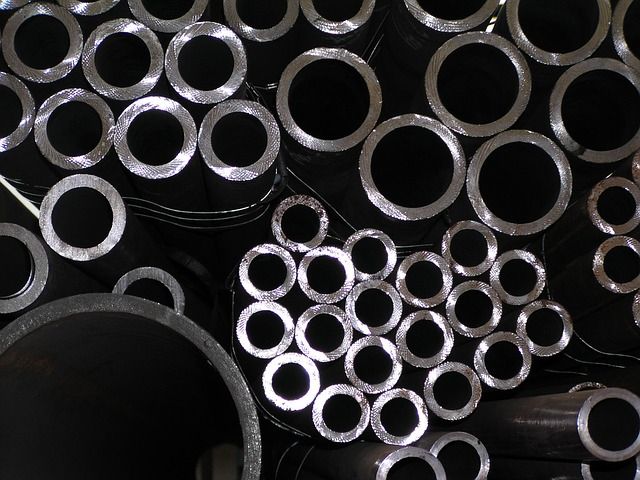Anyone looking to add new bathroom fixtures will most likely come across different tube options. The bathroom, after all, is full of elements made from tubes, from the roll holders to the shower rods and rails. Most of these tubes are made from bronze, copper, or brass. While each possesses unique beneficial properties, it’s best to choose the one that has the most merits. Knowing the differences between these metals can help you make the right choice.
Bronze
It is easy to mistake bronze for brass because the two metals have almost similar reddish tint. Even so, be careful not to mistakenly use one instead of the other for certain applications. Bronze is an alloy of copper and tin. Sometimes, other metals like manganese and phosphorous are added to improve its quality. The result is a reddish brown metal that has a higher melting point than brass. While bronze is hard, it is also brittle so it doesn’t do well in applications that involve tension. This metal is rather useful in making sculptures and other decorative items, such as mirrors and chandeliers.
Copper
Copper is one of the first metals discovered by man. Known for its high corrosion resistance and electrical conductivity, it has been used for a wide range of applications, including electronics and electrical systems. This metal has antibacterial properties, too, and is easily identifiable by its darker reddish hue. Pipes and tubes made from copper are mostly used in the agriculture and healthcare industries where they function as water purifiers, mainly due to their antimicrobial properties. However, some are seen used as decorative elements in upscale interiors.
Brass
Of all copper alloys, brass is probably the most versatile. An alloy of copper and zinc, this metal boasts a distinctive gold-like color. As such, it’s been used as a more affordable alternative to gold when making decorative elements. There are around 60 different types of brass, each having a unique copper-zinc ratio. If you’re looking for a harder or tougher brass tube, find one with a higher zinc content.
Now that you know the basic properties of copper, bronze, and brass, it should be easier to choose which material your new bathroom fixtures should be made of. When it comes to aesthetic appeal and cost, brass has the upper hand. You have to take note though that brass easily tarnished when exposed to moisture, so if you are to put it in frequently moist areas like the bathroom, be ready to do the hard cleaning and polishing tasks.
Of course, you can kiss your worried goodbye if you will get your brass tubes from a trusted supplier like Rotax Metals. Find out how many years your supplier has been providing metal products, particularly brass tubes. If possible, choose one with decades of experience to ensure that you will get the most value for your money.
Sources:
Brass Composition, Properties, and Comparison with Bronze, ThoughtCo.com
Difference between Copper, Brass, and Bronze, MetalSupermarkets.com


